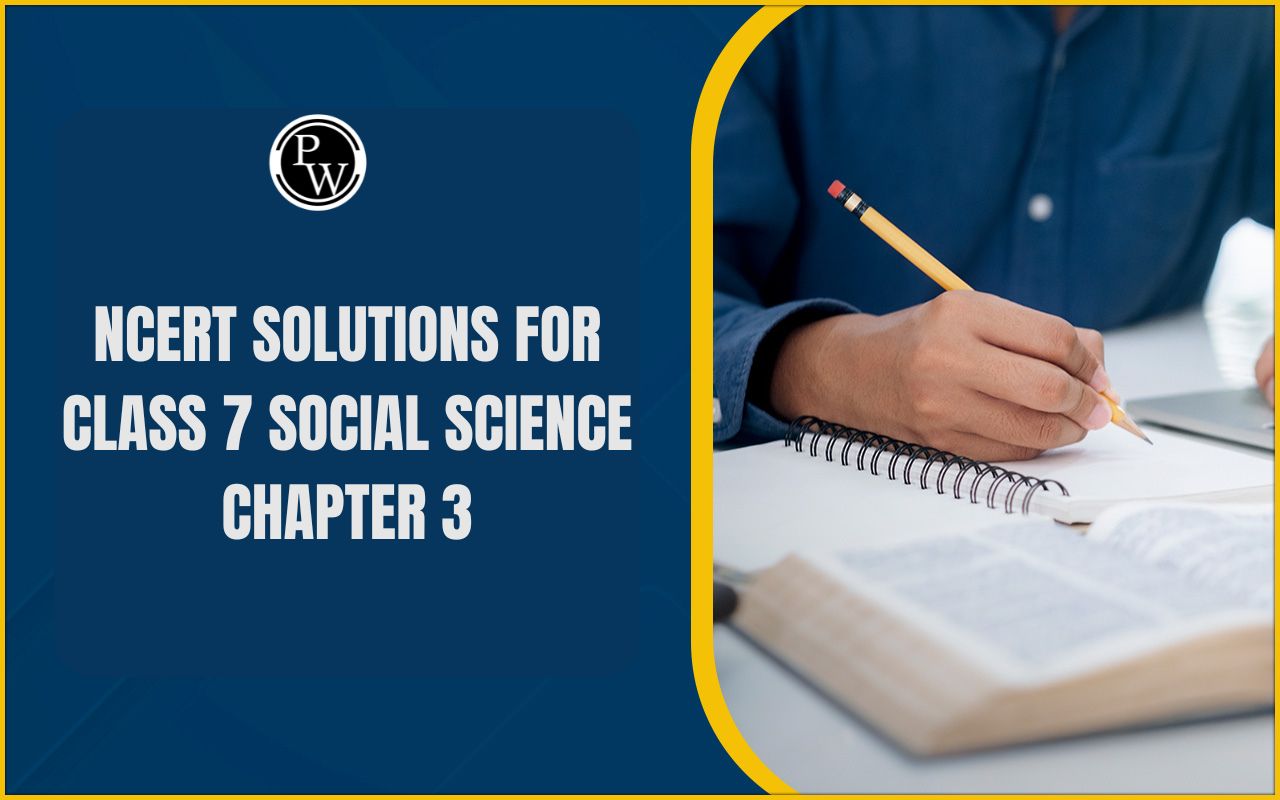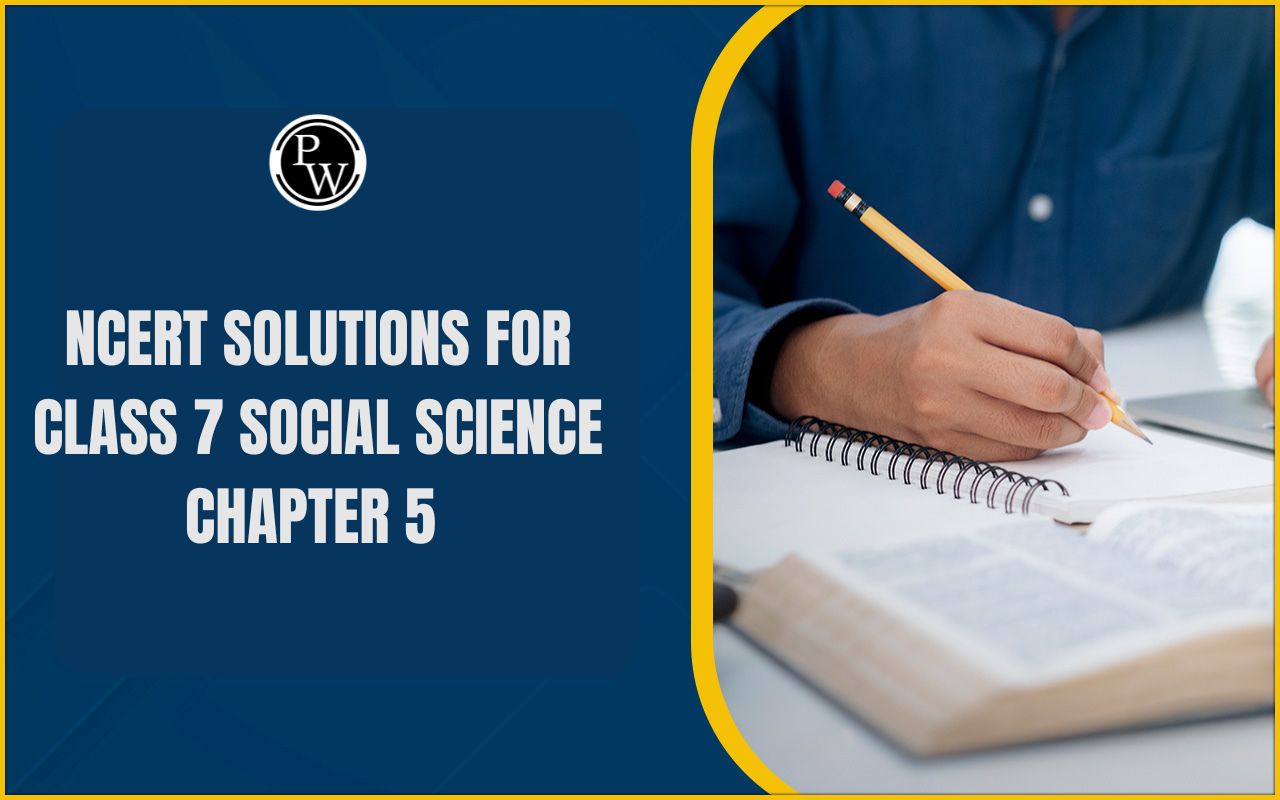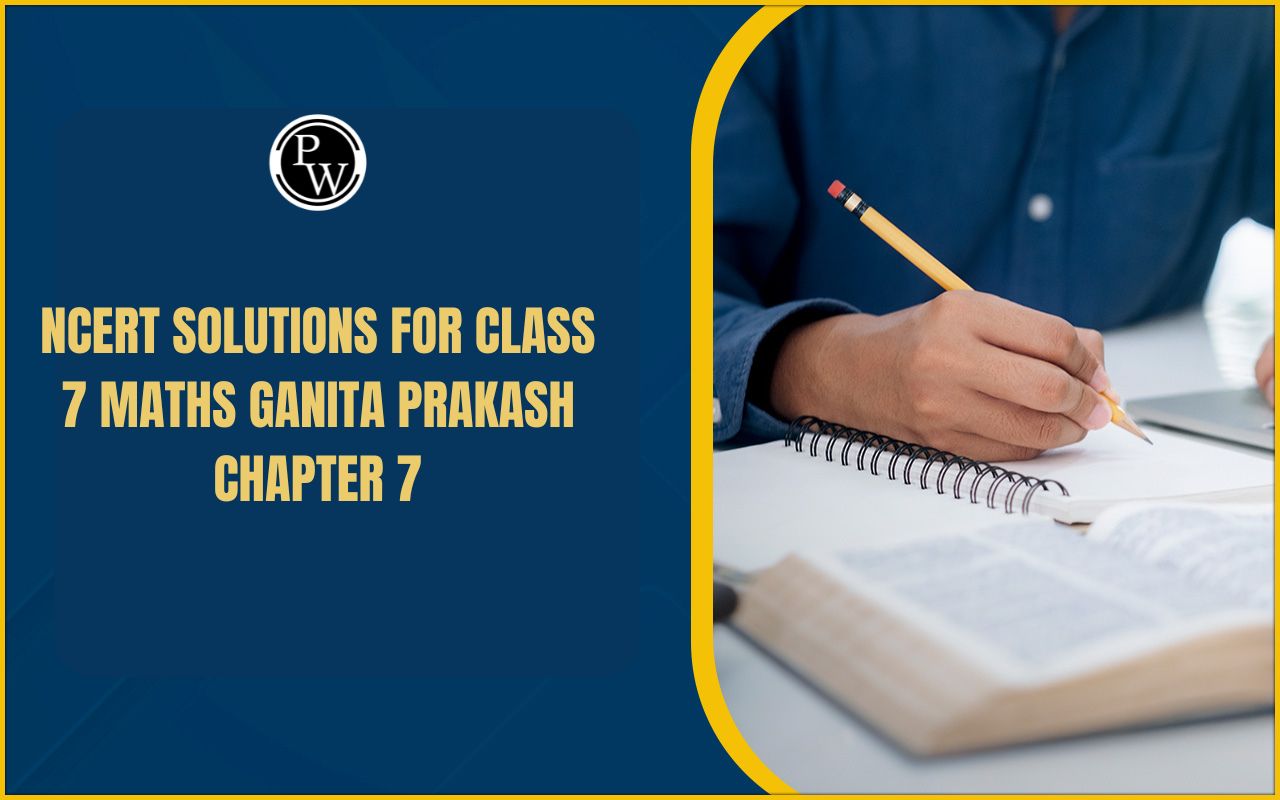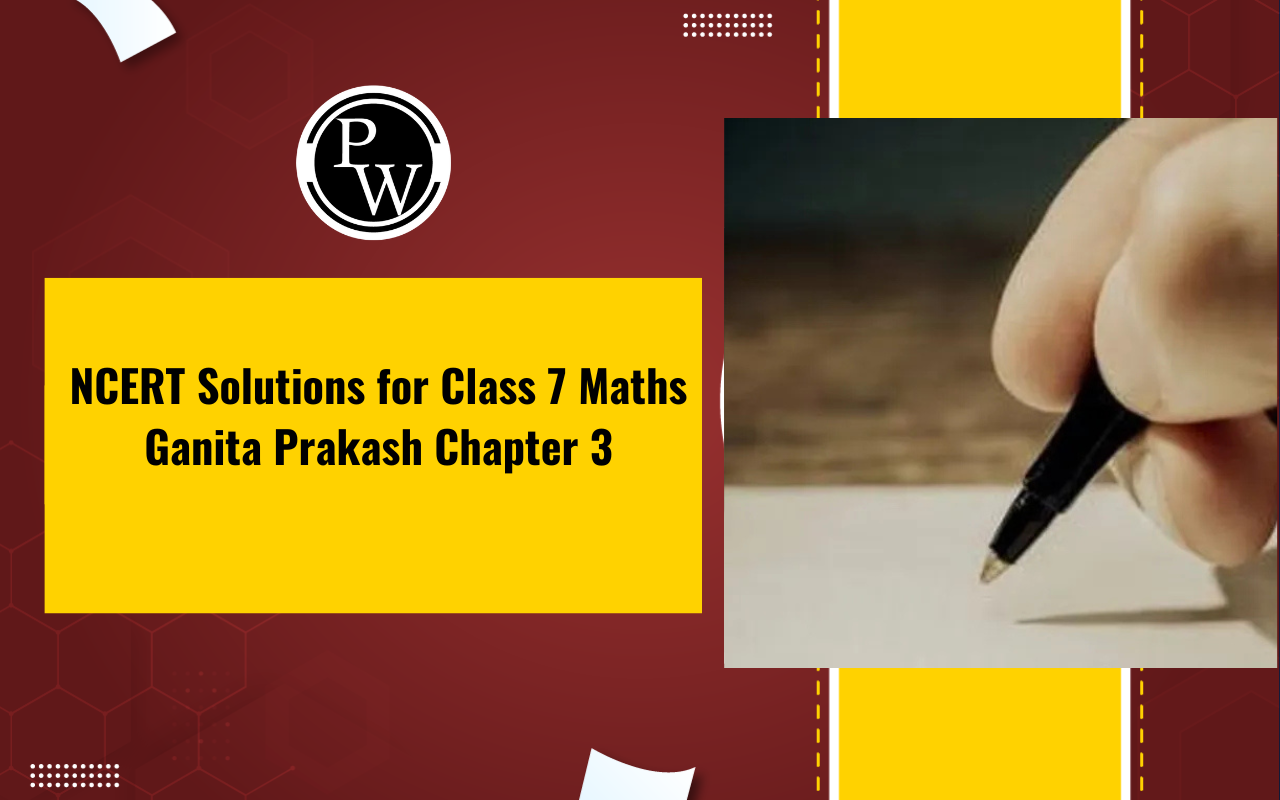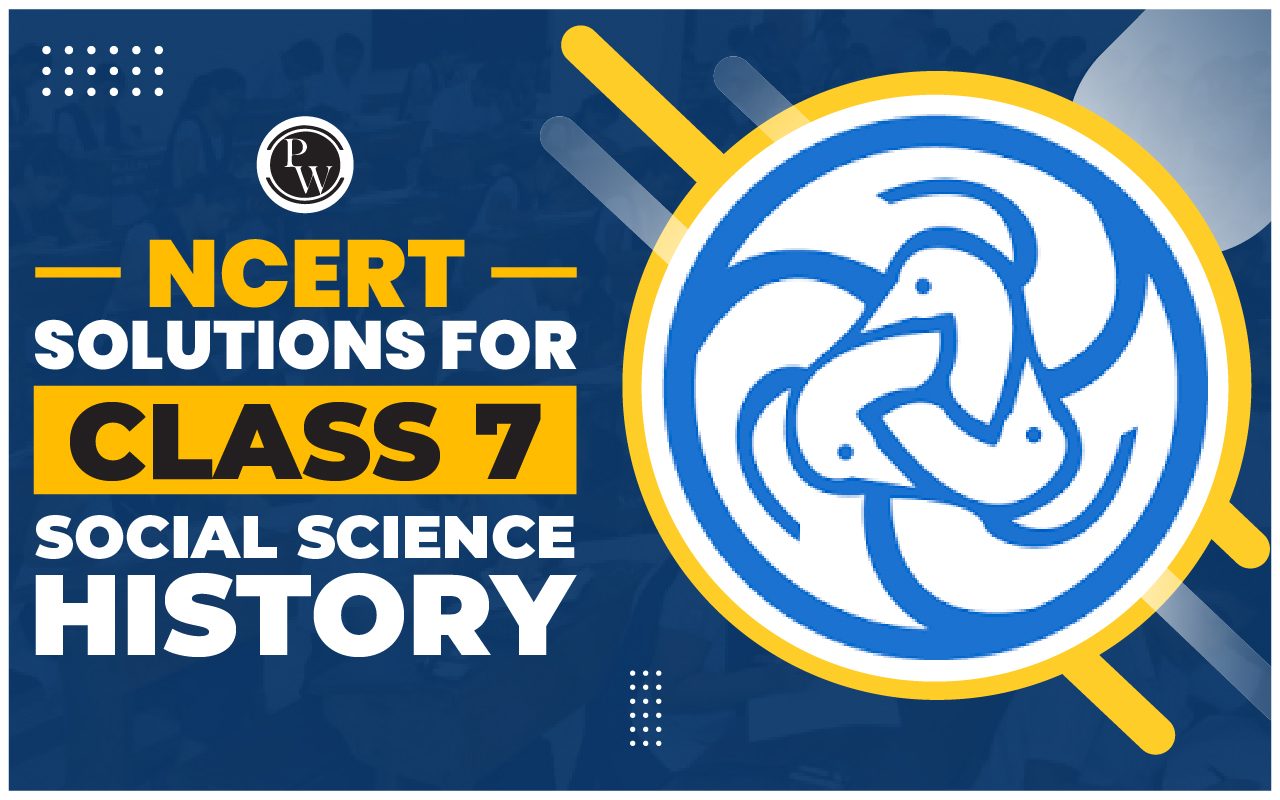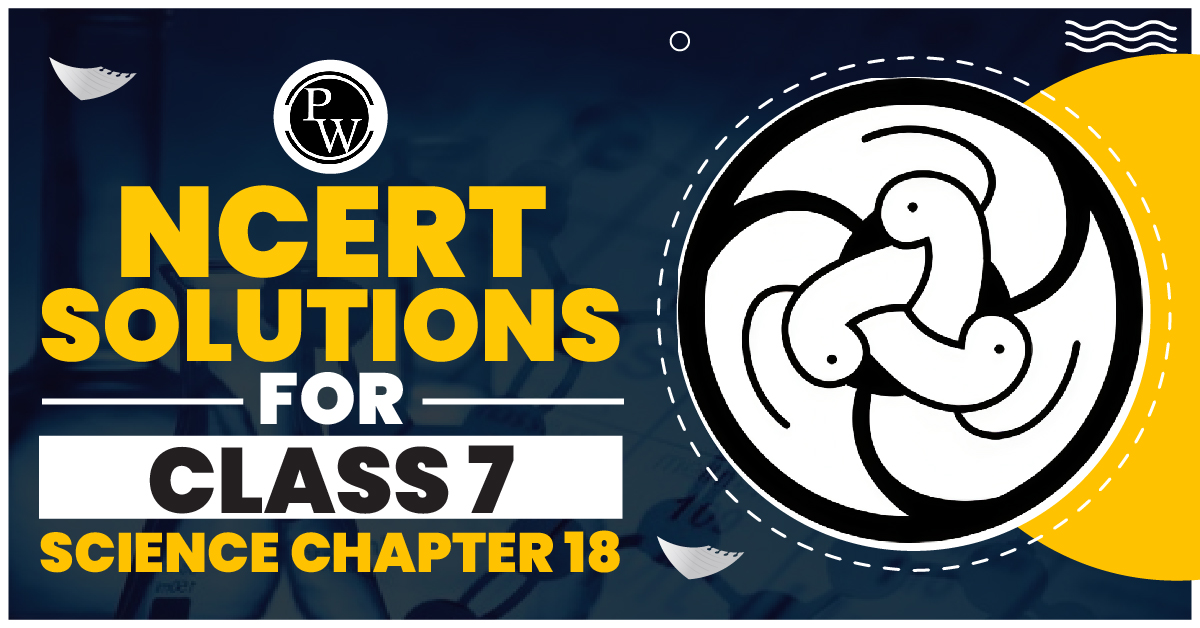
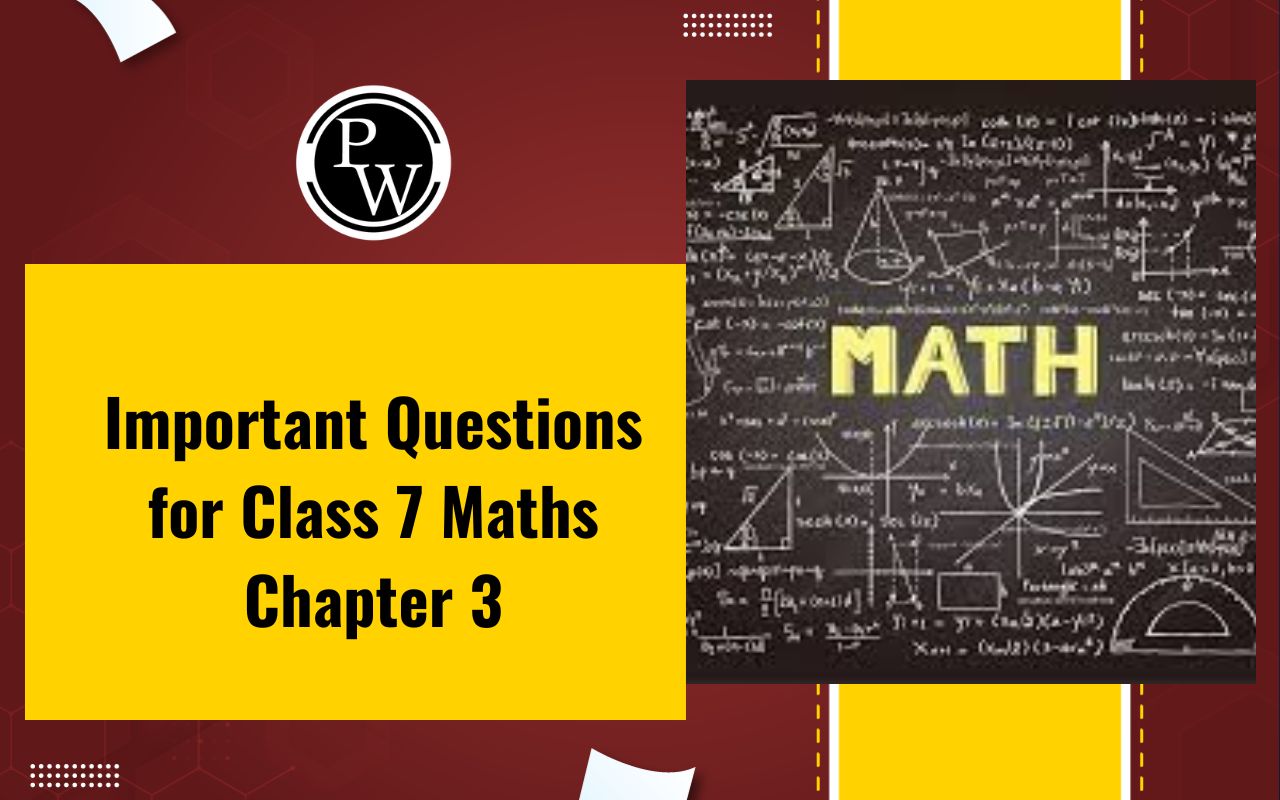
Important Questions for Class 7 Maths Chapter 3: Class 7 Maths Chapter 3 Data Handling is a fundamental topic that equips students with the skills to collect, organize, and interpret data effectively. Important questions from this chapter often revolve around concepts such as tally marks, frequency distribution, bar graphs, line graphs, and pie charts.
These questions not only test students understanding of data representation but also their ability to apply statistical methods to analyze real-world problems, making it an important skill for higher-level mathematics and everyday decision-making. Mastery of this chapter is essential for building a strong foundation in statistical concepts.Important Questions for Class 7 Maths Chapter 3 Overview
Data Handling in Class 7 Mathematics focuses on the methods used to collect, organize, and analyze data. This chapter introduces students to various techniques such as tally marks, frequency distribution, bar graphs, line graphs, and pie charts. Important questions from this chapter cover topics like constructing and interpreting these graphical representations, calculating measures of central tendency (mean, median, mode), and understanding the range of a dataset. Students may also be asked to solve problems involving real-life scenarios such as analyzing survey results, comparing data, and making predictions based on data trends. Mastering data handling is essential not only for mathematical proficiency but also for developing critical thinking and decision-making skills needed in everyday situations and advanced studies.Important Questions for Class 7 Maths Chapter 3 PDF
The Important Questions for Class 7 Maths Chapter 3 Data Handling PDF is a valuable resource for students aiming to reinforce their understanding of the concepts covered in the chapter. The questions are created to strengthen students problem-solving abilities and improve their data-handling skills. This PDF is an important resource for exam preparation, enabling students to gain confidence in handling data effectively. You can access the PDF through the link provided below for further study and practice.Important Questions for Class 7 Maths Chapter 3 PDF
Important Questions for Class 7 Maths Chapter 3 Data Handling
Here are some important questions from Class 7 Maths Chapter 3 Data Handling along with their solutions:Very Short Questions (1-2 Marks)
1. Define "mode" in statistics.
Solution: The mode is the number that appears most frequently in a data set.
2. What is the range of the data: 10, 20, 30, 40, 50?
Solution: Range = Highest value - Lowest value = 50 - 10 = 40.
3. What is the median of 5, 7, 9?
Solution: The median is the middle value when the data is arranged in order.
Here, the middle value is 7 .4. Name the three types of graphs commonly used in data handling.
Solution:
- Bar graph
- Histogram
- Pie chart
Short Questions (3-4 Marks)
1. Answer the following by observing the given data
The age’s of cricket players of ICC is as follows:
a) What is the age of the eldest players?
b) What is the age of the youngest players in the team?
Solution: Given data is
Therefore, the age of the youngest player is 21 years 21years .
2. Find the mode of the data: 5, 7, 5, 9, 5, 3.
Solution: Mode = 5 (since it appears the most, 3 times).
3. Arrange the data 14, 8, 12, 15, 10 in ascending order and find the median.
Solution: Arranged data: 8, 10, 12, 14, 15
The middle value is 12 . So, the median is 12 .4. Find the range of the following data: 9, 12, 15, 8, 20.
Solution: Range = Highest value - Lowest value = 20 - 8 = 12.
5. Draw a bar graph to represent the data: 5, 10, 15, 20 for categories A, B, C, D.
Solution: (You would draw a bar graph with the categories A, B, C, D on the x-axis and the corresponding values 5, 10, 15, 20 on the y-axis.)
Long Questions (5 Marks)
1. A survey was conducted in a class to find the number of hours students watch TV in a week. The data obtained is: 5, 8, 4, 6, 7, 9, 5, 10, 4, 8. Represent this data in a frequency distribution table and draw a bar graph.
Solution:
Frequency distribution:| Hours (x) | Frequency (f) |
|---|---|
| 4 | 2 |
| 5 | 2 |
| 6 | 1 |
| 7 | 1 |
| 8 | 2 |
| 9 | 1 |
| 10 | 1 |
2. A class of 30 students was surveyed to find the number of hours they study each week.
The results are as follows: 1-5 hours: 8 students 6-10 hours: 10 students 11-15 hours: 7 students 16-20 hours: 5 students. Find the modal class.
Solution: The modal class is the class with the highest frequency.
Here, the class 6-10 hours has the highest frequency (10 students). The modal class is 6-10 hours .3. A dice is tossed once. Find the probability of getting
(i) a number 5
(ii) a number greater than 5
(iii) a number less than 5
(iv) an odd number
(v) an even number
(vi) a number greater than 6
Solution: Total number of outcomes = 6
n(S) = 6 (i) An event of getting a number 5 n(E) = 1 Probability = n ( E ) n ( S ) = 1 6 (ii) An event of getting a number 5 greater than 5, i.e., 6 n(E) = 1 Probability = n ( E ) n ( S ) = 1 6 (iii) An event of getting a number less than 5, i.e., 1, 2, 3 and 4. n(E) = 4 Probability = n ( E ) n ( S ) = 4 6 = 2 3 (iv) An event of getting an odd number, i.e., 1, 3 and 5. n(E) = 3 Probability = n ( E ) n ( S ) = 3 6 = 1 2 (v) An event of getting an even number, i.e., 2, 4 and 6. n(E) = 3 Probability = n ( E ) n ( S ) = 3 6 = 1 2 (vi) An event of getting a number greater than 6, i.e., Nil. n(E) = 0 Probability = n ( E ) n ( S ) = 0 6 = 0Benefits of Solving Important Questions for Class 7 Maths Chapter 3
- Strengthens Conceptual Understanding : Practicing important questions helps students solidify their understanding of key concepts such as interpreting various types of graphs, calculating measures of central tendency (mean, median, mode), and understanding probability. This foundational knowledge is important for mastering more advanced topics in mathematics.
- Enhances Problem-Solving Skills : These questions provide opportunities for students to apply their learning to solve a range of complex problems. By tackling questions that involve real-life data scenarios, students develop critical thinking and analytical skills, enabling them to handle unfamiliar questions with confidence.
- Boosts Exam Preparation : Regular practice with these questions familiarizes students with the exam format, helping them recognize the types of questions that may be asked. This familiarity reduces exam anxiety and allows students to approach the exam with greater confidence and efficiency.
- Practical Application : Important questions involve practical scenarios like interpreting survey results, comparing data sets, and understanding trends. Working through these questions helps students connect mathematical concepts with real-world situations, making their learning more meaningful and applicable.
- Identifies Weak Areas : Solving these questions enables students to pinpoint their weak areas within the chapter. This targeted practice allows them to focus their study efforts more effectively, ensuring a well-rounded understanding of the chapter’s content.
Important Questions for Class 7 Maths Chapter 3 FAQs
What is Data Handling?
How does Data Handling relate to other areas of Maths?
What are some common mistakes students make in Data Handling?
What skills are needed to solve Data Handling problems effectively?


